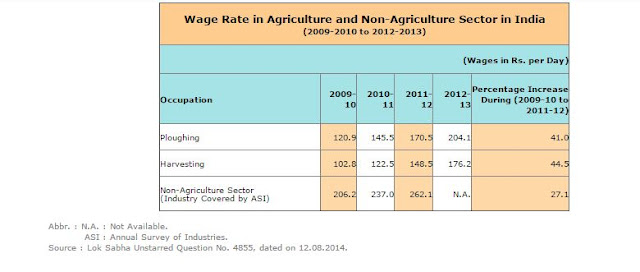Unraveling the Paradox of Malnutrition in Mumbai and Neighboring regions
Mumbai, the financial capital of India, is a city of stark contradictions. On one hand, it boasts the highest per capita Gross State Domestic Product (GSDP) in the country, and its municipal corporation ranks among the wealthiest in terms of revenue. Yet, paradoxically, Mumbai, Mumbai Suburban District, as well as the neighboring districts of Thane and Palghar, grapple with a severe crisis of malnutrition, affecting the most vulnerable members of its population, particularly children. In this article, we delve into this puzzling contradiction, exploring the reasons behind this alarming situation and potential solutions.
Figure 1: Infant Mortality Rate (IMR)
Regarding the issue of underweight children, Thane and Palghar districts continue to grapple with this challenge.
Indeed, it is a paradox that a district considered among the wealthiest, along with its neighboring regions, faces such a severe malnutrition problem. First possible reason is migration. According to Census 2001 and 2011, the proportion of residents categorized as migrants in the metro area has increased significantly between 2001 and 2011 in Mumbai, rising from 43% to 54%. This notable increase in the migrant population highlights the city's attractiveness as a hub for opportunities and economic growth, drawing individuals from various regions seeking a better future. For migrants with limited resources, providing proper nutrition for their families in the urban environment can be an immense challenge. Therefore, there is a critical need for public institutions that extend their support not only to residents or locals but also to migrants.
But what about Palghar and Thane
According to the National Multidimensional Poverty Index report for 2023 released by NITI Aayog, Thane district has seen a substantial improvement in reducing multidimensional poverty. The percentage of the population categorized as multidimensionally poor in Thane was 15.24% in 2015-16, but this figure significantly decreased to 5.62% in the period of 2019-21. In Palghar, the percentage of multidimensionally poor individuals stood at 13.30% in the 2019-21 period which is lower than several other districts in Maharashtra, including Nandurbar, Dhule, Parbhani, and even Nashik. While I may have reservations regarding the NITI Aayog's multidimensional index, it's worth noting that the per capita GSDP's growth rate offers a reason to believe that there is potential for a significant reduction in poverty in both Thane and Palghar districts.
If there is indeed a reduction in poverty in these districts, and considering they are neighboring districts of the richest district, it raises a pertinent question: why do these districts still lag behind in terms of child nutritional outcomes? One plausible explanation could be the concept of Conspicuous Consumption and Social Status, as proposed by Marjit and Mandal (2011). Their work provides a theoretical understanding of this concept, suggesting that while income-based poverty may be decreasing, nutrition-based poverty may not be declining at the same rate. The underlying argument here revolves around the enduring issue of social inequality. In societies with such inequality, social status plays a significant role in determining one's utility and well-being. This social status is often associated with the consumption of status goods or luxurious items, known as conspicuous consumption.
When individuals experience an increase in income, instead of allocating it towards improving nutrition, they might redirect their resources towards acquiring these status goods. In essence, they prioritize displaying social status over investing in better nutrition. For Thane and Palghar districts, given their proximity to the richest district, the impact of this social inequality and conspicuous consumption may be amplified. A classic example that illustrates the concept of conspicuous consumption and its impact on nutritional choices is the consumption of soft drinks like Thumbs Up, Pepsi, or Red Bull. These beverages are often devoid of any significant nutritional components, yet they can be associated with a certain social status, in part due to the way these companies advertise them.
This highlights the complex interplay between economic prosperity, social status, and nutritional outcomes, underscoring the need for targeted policies and interventions that address not only income-based poverty but also the intricacies of social status and its influence on well-being.






.jpeg)

टिप्पण्या
टिप्पणी पोस्ट करा